Follow us
The Country Roots of The Beatles
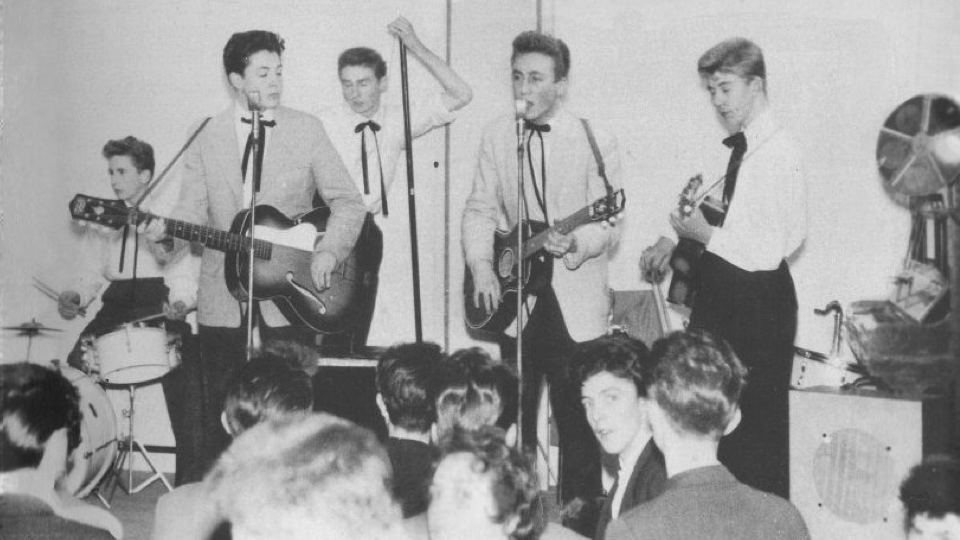
When John Lennon started his first group, The Quarrymen, back in 1956, their musical influences were many and varied. There is no doubt that without the particular influence of Lonnie Donegan, Lennon, Paul McCartney, and George Harrison would not have formed a group.
The Quarrymen’s first manager, Nigel Walley, had business cards printed, in which they stated their musical specialties: “Country … Western … Skiffle … Rock ‘n’ Roll.” We know that they became the greatest pop act of all time, but their roots were firmly in skiffle, folk, and country. Those roots never left them and can be seen in the artists they covered, those who influenced them, and in many of their most famous songs.
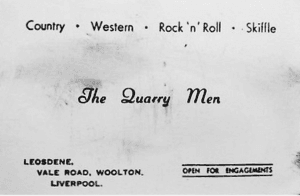
The Quarrymen’s Country Setlist
The Quarrymen’s sets would often consist of the following:
“Rock Island Line”, “Puttin’ on the Style”, “Railroad Bill” and “Worried Man Blues” as recorded by Lonnie Donegan, could all be classed as country/ blues/ folk or bluegrass. “Lost John” and “Cumberland Gap” by Woodie Guthrie, were American folk/ country, also recorded by Donegan.
George’s hero was Carl Perkins, whose “Blue Suede Shoes”, later made more famous by Elvis, was classic rockabilly. John, who adored Elvis, gave a surprising answer about “Blue Suede Shoes”: “I suppose I started to get off-beat, musically, when I found out that I liked Carl Perkins’ version of ‘Blue Suede Shoes’ better than Presley’s.” (TuneIn)
John Lennon’s Country Roots
Michael Hill was a school friend of Lennon’s and used to host record-listening lunchtimes at his house, with John, his best mate Pete Shotton, and Michael’s best friend Don Beattie. As well as introducing Lennon to “Long Tall Sally”, a record that changed Lennon’s life, Michael said that John “really got hooked on Hank Williams, due to me. John, as an adult and a successful performer, treasured fond memories of the musical foundations of his life, for which he was much in my debt. John told an interviewer ‘I listened to country music. I started imitating Hank Williams when I was fifteen before I could play the guitar. I used to go round to a friend’s house, because he had the record player, and we sang all that Lonnie Donegan stuff and Hank Williams. He, Mike Hill, had all the records.’”
Hank Williams
“Best of all for singing along were the Hank Williams records,” continued Mike. Like Hank Williams fans everywhere, “we struggled to decipher the lyrics he was singing in songs, such as ‘Jambalaya’, with its Creole words and idiomatic language, and in ‘Settin’ The Woods on Fire’. Some of the words were totally unintelligible to us, but we thought the tunes, the accent, and the rhythm were all great.”
“John had no Hank Williams records. In fact, he had no records at all apart from a well-worn copy of Lonnie Donegan’s record of ‘Rock Island Line’ which he sold to Rod Davis in 1957 as he lost interest in skiffle music. I suspect he stole my copy of this record as he was an inveterate pilferer, and my copy went missing. Be that as it may, to my knowledge, the only exposure John Lennon had to country music was at my house listening to my records.” (John Lennon: The Boy Who Became A Legend)
“Crumbly and Western”
John commented on his country roots and how they pertained to the formation of The Quarrymen. “I grew up with blues music, country and western music, which is also a big thing in Liverpool. One of the first visions I had was one of a fully dressed cowboy in the middle of Liverpool with his Hawaiian guitar – the first time I ever saw a guitar in my life.” He also famously referred to country and western as ‘Crumbly & Western’. (Bob Rogers 1964)
Rod Davis
Country music, as we have seen, was very popular in Liverpool, and formed the basis of skiffle and what was to follow. “What we realized was that the three chords we had learned to play skiffle,” said Rod Davis, banjo player with The Quarrymen, “could also play country songs, and later on, rock ‘n’ roll songs.” The evolution from skifflers to rockers was an easy one, as was the transformation of skifflers to country groups.
Rod Davis was one of those to leave the skiffle music and head down that country road. “I made the occasional foray into it in the ‘60s as I played fiddle, mandolin, autoharp & guitar in a Bluegrass band called The Bluegrass Ramblers. We were really on the folk scene, playing at the Spinners, Pete McGovern’s Wash-house and generally all over the North-West. Just now and then we appeared at Ossie Wade’s in Everton or at the 21 Club.”
The Country-Influenced Songs of The Beatles
1963: PLEASE PLEASE ME
For their first album, The Beatles incorporated a mixture of their own songs and cover versions of some of their favorite artists, a pattern they would replicate for the first few albums.
- “Misery” from their debut LP Please Please Me.
- “Please Please Me” The title track started as a much slower song by John Lennon: “’Please Please Me’ is my song completely. It was my attempt at writing a Roy Orbison song, would you believe it?”
1963: WITH THE BEATLES and EP Single
“All My Loving” McCartney told biographer Barry Miles that he originally envisioned it as a country & western song, with George adding a ‘Nashville Sound’ guitar solo, and Paul adding a great country-style walking bass line.
1964: An EP, A HARD DAY’S NIGHT and Singles
This was the year when The Beatles started to go a little bit country.
- “Matchbox” from the EP Long Tall Sally (released 19th June 1964). A cover of the Carl Perkins rockabilly song.
- “Can’t Buy Me Love” (on A Hard Day’s Night LP, 1964) A Paul song that George cited as having “a country feeling about [it]” that “lend themselves perfectly to Chet’s own style of picking.”
- “I’ll Cry Instead” (on A Hard Day’s Night 1964). A John song, and an obvious country swinger with rockabilly guitar licks.
- “If I Fell” (on A Hard Day’s Night 1964) A song by both John and Paul, this has that feel of a country ballad, with those Everly Brothers harmonies.
- “I Feel Fine” “I suppose it has a bit of a country-and-western feel about it, but then so have a lot of our songs.” (Beatles Anthology)
- “She’s A Woman” (1964 UK – single and on Beatles ‘65) A Paul song that George referenced as one of those with “a country feeling about” it.
1964: BEATLES FOR SALE
When asked about their new album, Lennon said: “You could call our new one a Beatles country and western LP.” (Gould, Jonathan (2007)
- “Honey Don’t” (Beatles for Sale 1964) — Another Carl Perkins song. John Lennon usually sang this live.
- “Everybody’s Tryin’ to Be My Baby” (Beatles for Sale 1964) — Yet another Carl Perkins song, with George “Carl” Harrison taking the lead vocal, as well as two guitar solos.
- “Baby’s in Black” (Beatles for Sale 1964). A country waltz, with a strong Everly Brothers influence.
- “I’ll Follow The Sun” (Beatles for Sale 1964). A song of Paul’s written when he was about 16. Initially, this had a rockabilly feel to it. In production, it changed slightly, but its roots are still there.
- “I’m A Loser” (Beatles for Sale 1964). Another Lennon song, mixing some Dylan influence with a country-rock feel.
- “I Don’t Want to Spoil the Party” (Beatles for Sale 1964). John again writes in a country-western style, with a hint of the Everly Brothers.
- “What You’re Doing” (Beatles for Sale 1964) Another Paul song, written after their first American tour. It’s distinctive because of the solo George plays on his 12-string Rickenbacker guitar. That sound would influence bands like The Byrds.
- “Words of Love” (Beatles for Sale 1964) was a Buddy Holly song covered by The Beatles. One of their heroes, Holly’s songs featured in the group’s set lists from the Quarrymen days. “That’ll Be The Day” was recorded by them at Percy Phillips’ studio on 12th July 1958.
1965: HELP!
With their second film needing another soundtrack, The Beatles were swinging again in that Country style.
- “Act Naturally” (Help! 1965) Ringo shows his love of Country.
- “Help!” (Help! 1965) It became a pop song, though its roots and structure contain that country-blues feel about it.
- “I’ve Just Seen a Face” (Help! 1965) This is where Paul’s love of bluegrass, with a feeling of skiffle too, comes to the fore.
- “The Night Before” (Help! 1965) Another of Paul’s country-rock songs with a swing. The Beatles merged the Country sound with a Mersey twist.
- “Another Girl” (Help! 1965) In the same mold as “The Night Before”, this country-rockabilly song moves along with a nice swing.
- “You Like Me Too Much” (Help! 1965) One of George Harrison’s early songs, it has a good country-blues-rock feel to it in 4/4 time, with the interesting chord progressions that George favored.
- “Tell Me What You See” (Help! 1965) “Tell me what you see” adds a blues feel to what is a folk/ country song.
1965: RUBBER SOUL
- “Norwegian Wood (This Bird Has Flown)” This is a good Country song, especially with the storytelling so familiar in that genre.
- “What Goes On” (Rubber Soul 1965) The only song credited to Lennon/ McCartney/ Starr, Ringo was in his Country and Western heaven!
1967: SGT. PEPPER’S LONELY HEARTS CLUB BAND
“With A Little Help From My Friends” (Sgt. Pepper 1967) John and Paul wrote this song for Ringo “Billy Shears” to sing; this good old country-style song was perfect.
1968: THE BEATLES (aka THE WHITE ALBUM)
- “Don’t Pass Me By” A good Country song.
- “I Will” (The White Album 1968) A Paul ballad written mainly while in Rishikesh, India, “I Will” is a country-folk song.
- “Rocky Racoon” (The White Album 1968) A country ballad pastiche by Paul.
1969: ABBEY ROAD
“Octopus’ Garden” Sung by Ringo, it was a country-pop song…sort of.
1970: LET IT BE
- “Two of Us” (Let It Be 1970) One of Paul’s songs performed in an acoustic Country style.
- “One After 909” (Let It Be 1970) – John’s early rocker was given the country-swing treatment on the album.
After The End
Although The Beatles’ recording career was over, as solo performers, their country influence would come to the fore again, especially for Ringo and Paul.
All this and more can be found in The Country of Liverpool: Nashville of The North by David Bedford.
-David Bedford
Photo via The Quarrymen. Photographer Les Kearney.



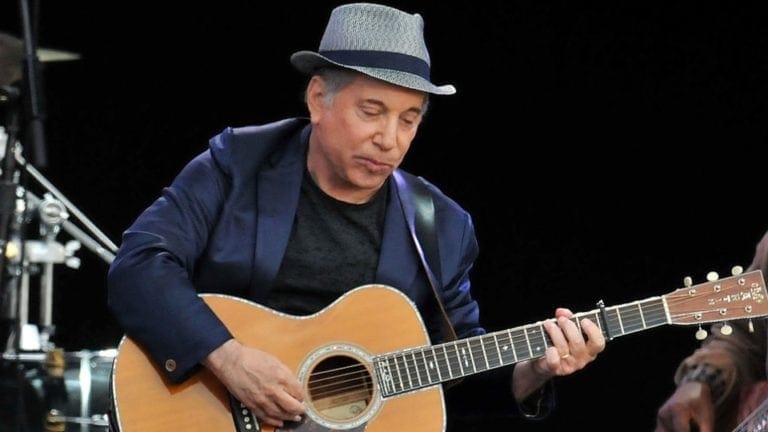

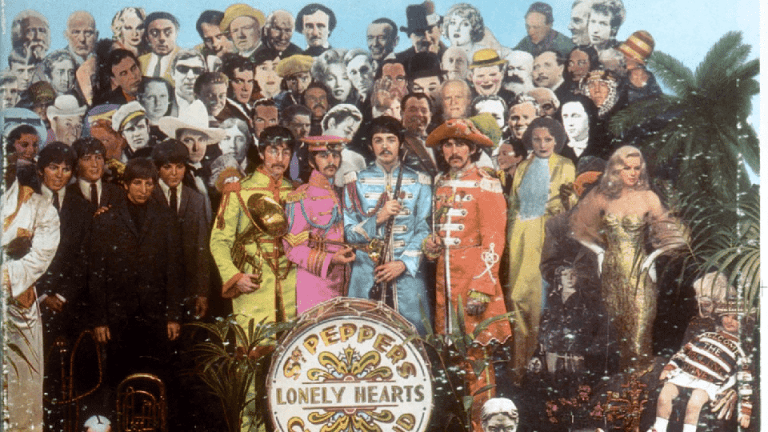
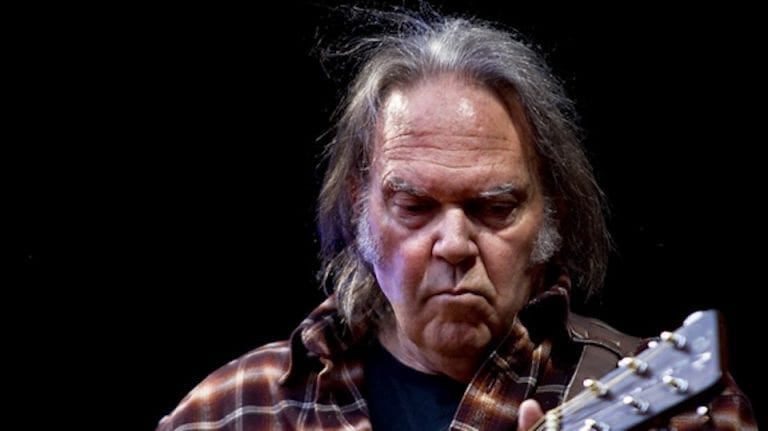



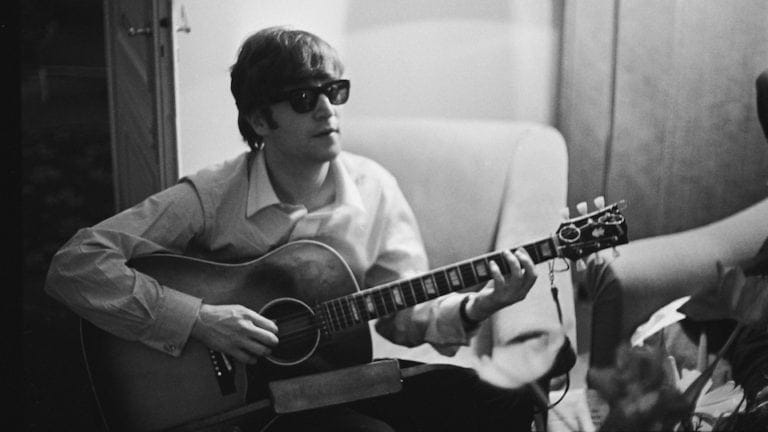



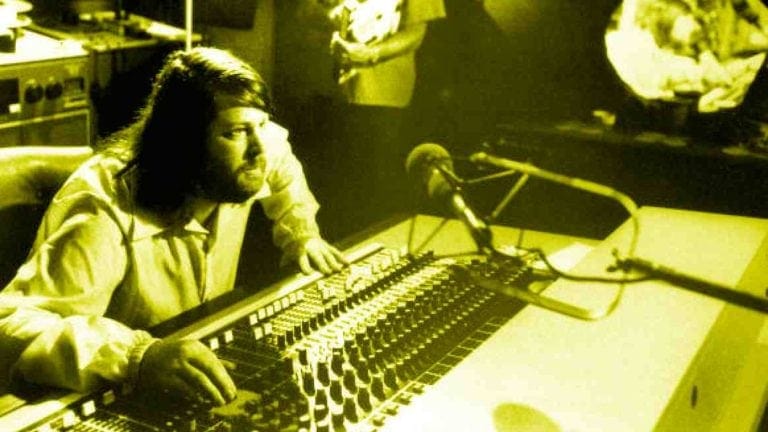
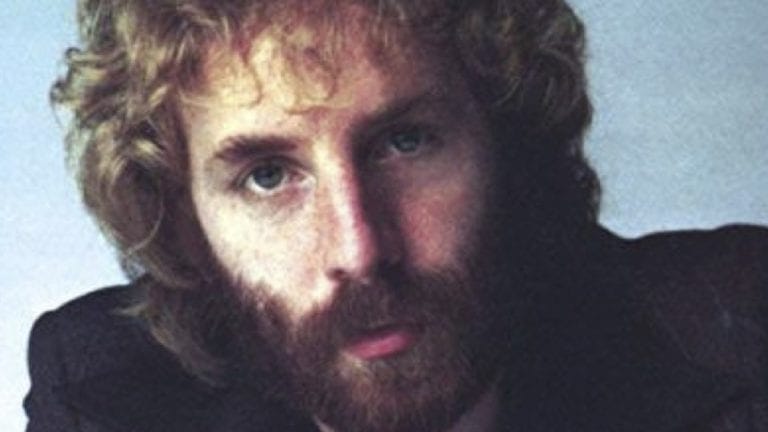

You’ve drawn quite a long bow with some of those “country influenced” songs.
Completely agree, Barry.
Fascinating information!